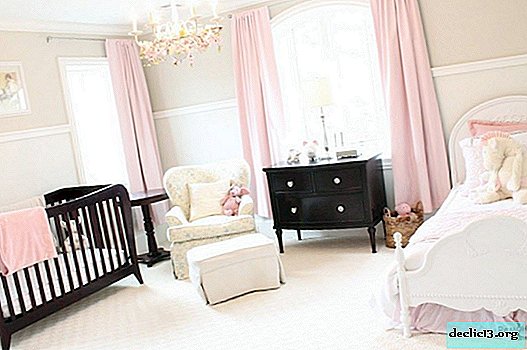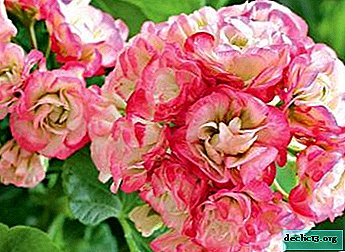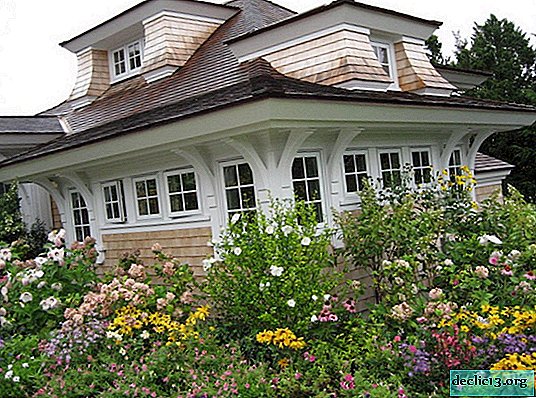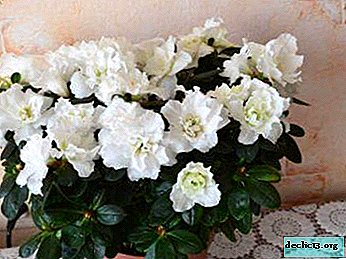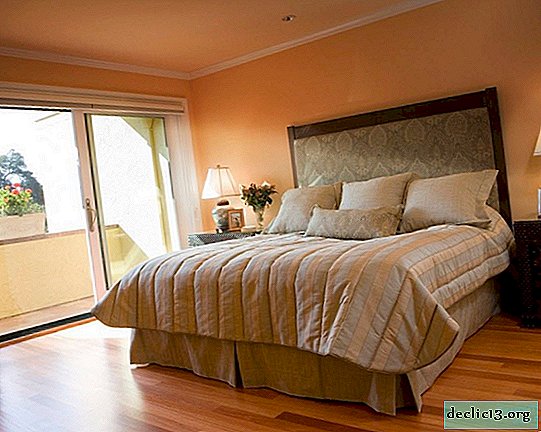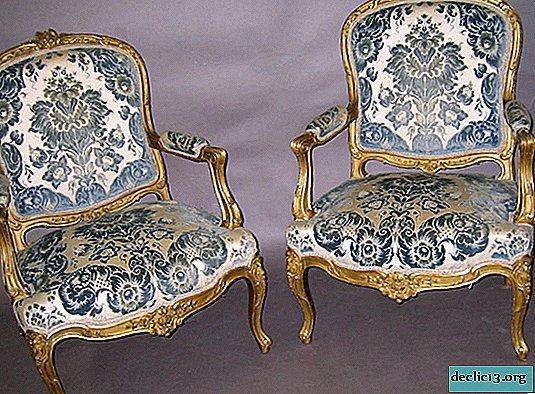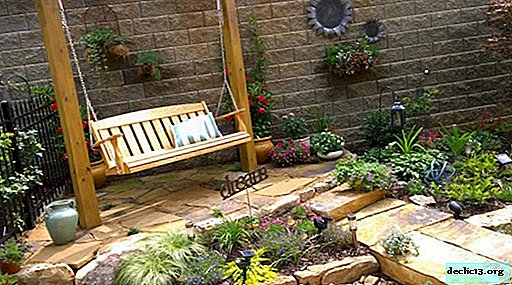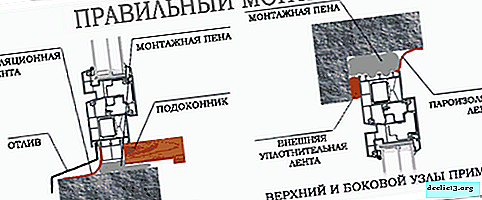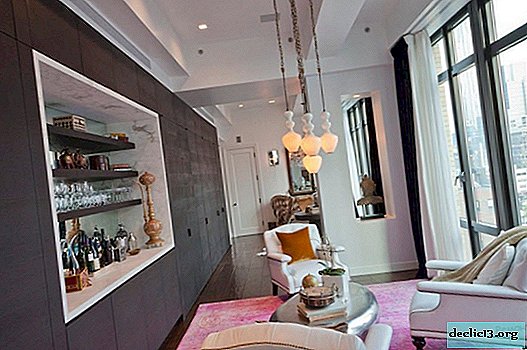Why is the Chinese rose called the flower of death and what kind of culture? Can I keep her at home or not?
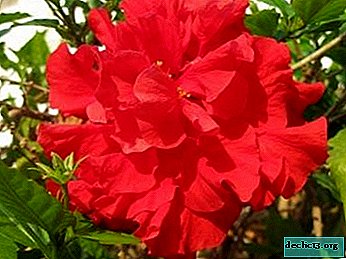
Hibiscus or Chinese rose is a representative of the Malvaceae family. The birthplace of this evergreen and flowering shrub is tropical Asia and South China.
The beauty and unpretentiousness of the plant became the reason that the Chinese rose began to be used in home floriculture around the world.
This article talks about whether it is possible to grow hibiscus at home, how it affects humans and pets, why it is associated with death and other nuances.
Culture Description
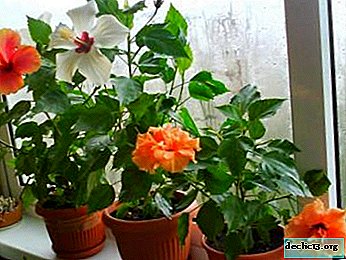 In nature, hibiscus grows up to 3 meters, in the house - a flower resembles a small tree. If you let it grow and not trim, it grows very much. The flower has shiny dark green or bright green leaves. They may be:
In nature, hibiscus grows up to 3 meters, in the house - a flower resembles a small tree. If you let it grow and not trim, it grows very much. The flower has shiny dark green or bright green leaves. They may be:
- plain or variegated;
- with white, cream, pink, red stains;
- spots or strokes.
The flowers of the Chinese rose are solitary, simple or double, have different shapes and colors. More than 450 forms and varieties of hibiscus have been described.
Why is he associated with death?
Why they began to attribute magical properties to the Chinese rose and even called the "flower of death" no one knows. They endowed with mysticism exactly the kind that grows on the premises. Hibiscus, like all indoor flowers, responds to environmental changes (turned off the heating, damp, little light). With good care, it can bloom unexpectedly, and with mediocre care, it can not give flowers at all.
Many people keep a Chinese rose flower at home - they live normally and do not get sick. The terrible name for the Chinese rose, most likely, was given by those owners whose unfortunate events coincided with the period of its flowering. But the flowering of hibiscus only says that new sprouts will appear soon!Chemical composition
In the East, plants are treated differently. They have long studied the beneficial properties of Hibiscus and came to the conclusion that it brings much more benefits to the house than harm.
The chemical composition of the plant is unique.
Nutritional value per 100 g:
- Proteins: 0.44 g.
- Fat: 0.66 g.
- Carbohydrates: 7.40 g.
In addition, hibiscus includes:
- flavonoids;
- phenolic acids;
- anthocyanins;
- antioxidants;
- vitamins C, B2, A, B5, PP B12;
- trace elements: copper, zinc, iron;
- macronutrients: phosphorus, calcium, magnesium, potassium, sodium;
- organic acids - citric, malic, tartaric, linoleic;
- pectin substance;
- captopril;
- beta carotene.
Useful properties and effects on the human body
The leaves and flowers of Chinese roses are used to treat various diseases. Brewing the petals with boiling water, they get a drink known as hibiscus. Such tea is useful, has a powerful effect on the human body:
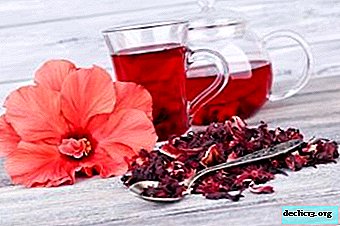
- strengthens blood vessels;
- increases tone;
- has a choleretic effect;
- cleanses the body of toxins;
- kills harmful bacteria and germs;
- strengthens the immune system;
- stops the blood;
- reduces pain;
- helps the heart;
- stabilizes pressure (cold tea lowers pressure, hot tea raises);
- It has a mild anthelmintic effect.
The sour taste of tea is due to the presence of organic acids. The drink perfectly quenches thirst in the summer and warms in the winter. There is no oxalic acid in it, therefore it is allowed to those who suffer from urolithiasis and padagra. In addition, hibiscus relieves alcohol intoxication and negates the hangover syndrome.
Can I grow at home or not?
Can! Hibiscus leaves fill the air with oxygen and volatile, which are natural antibiotics. Pathogens and fungi die in such an environment and the air in the room becomes fresh and clean.
Is hibiscus poisonous?
Scientists have not found any poisons in the leaves and rose petals. It does not emit toxins. Other flowers grow better next to her. If a child eats a lot of leaves, he will face slight diarrhea.
Indoor plant in the interior
Hibiscus can be settled in any room, provided that it is well consecrated. A sun flower is needed. The blooming Chinese rose on the windowsill looks beautiful when it is surrounded by other plants.
Most of all, the rose loves spaciousness and good consecration, so it looks great in the halls of hospitals, schools and offices. Placing a flower in a cramped, small room will be reckless.In what cases can not be kept in the apartment?
Sometimes flowers, leaves, or flower aromas cause an allergic reaction. Then you need to get rid of the plant.
Effect on Pets
Chinese rose is not included in the list of plants dangerous to animals. On the contrary, often pets consume it in search of vitamins and coarse fibers. Therefore, if the house has cats, dogs and parrots, you need to protect your hibiscus from them.
Hibiscus Tea
Tea from a Chinese rose must be properly prepared: take whole dried leaves, a proportion of 1.5 tsp. on 1 tbsp. water, use dishes made of porcelain, earthenware or glass, if boiled - 3 minutes, if insisted - 8 minutes.
They drink ready-made infusion, both cold and hot. Sugar or honey is added.
The Chinese rose (hibiscus) has been popular for a long time, despite rumors and speculation about its mystical properties. It is a pity that not everyone knows about the benefits that this plant can bringotherwise, they would have long called it the "flower of life."



